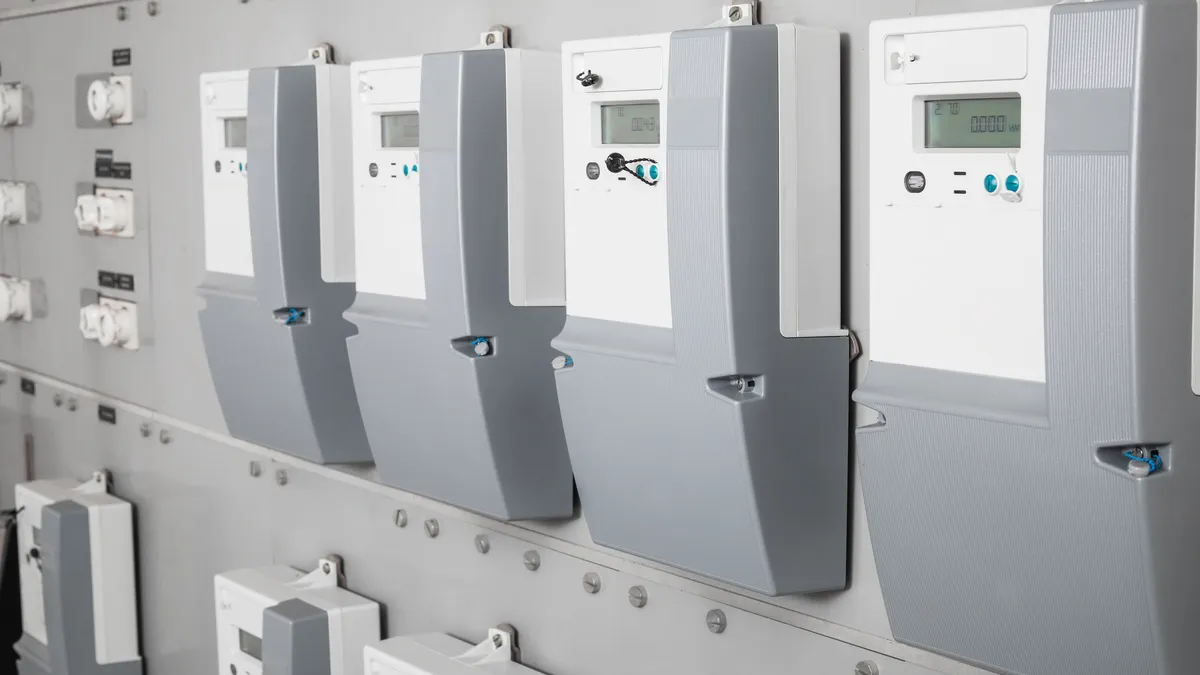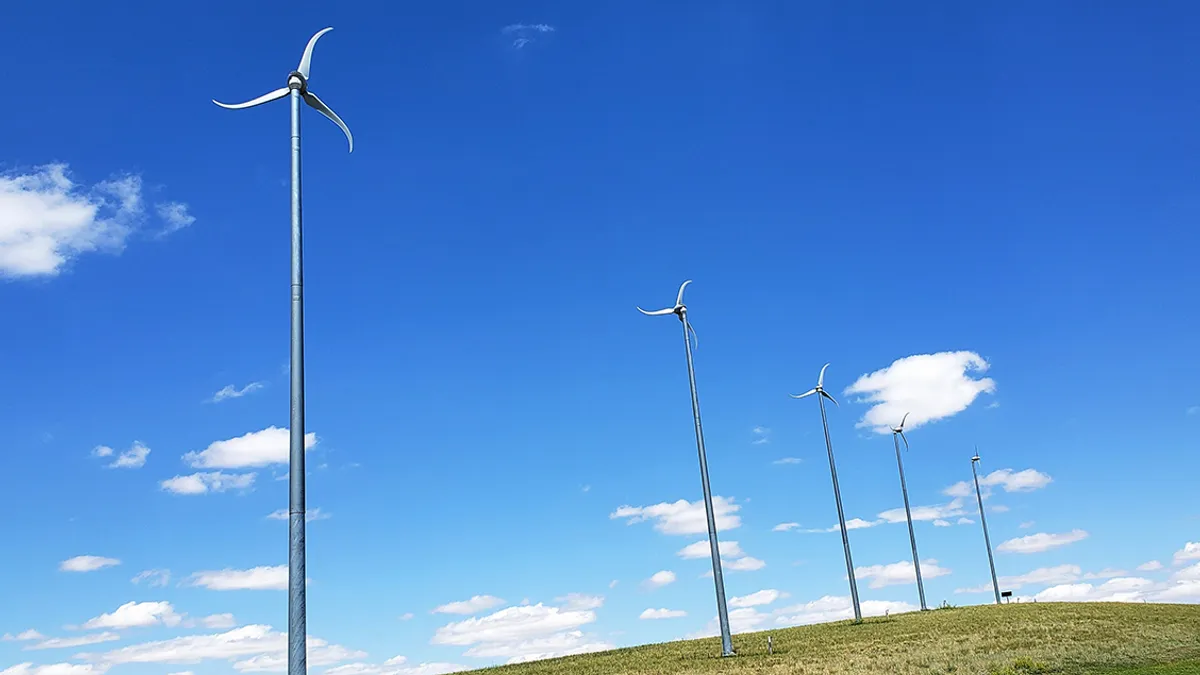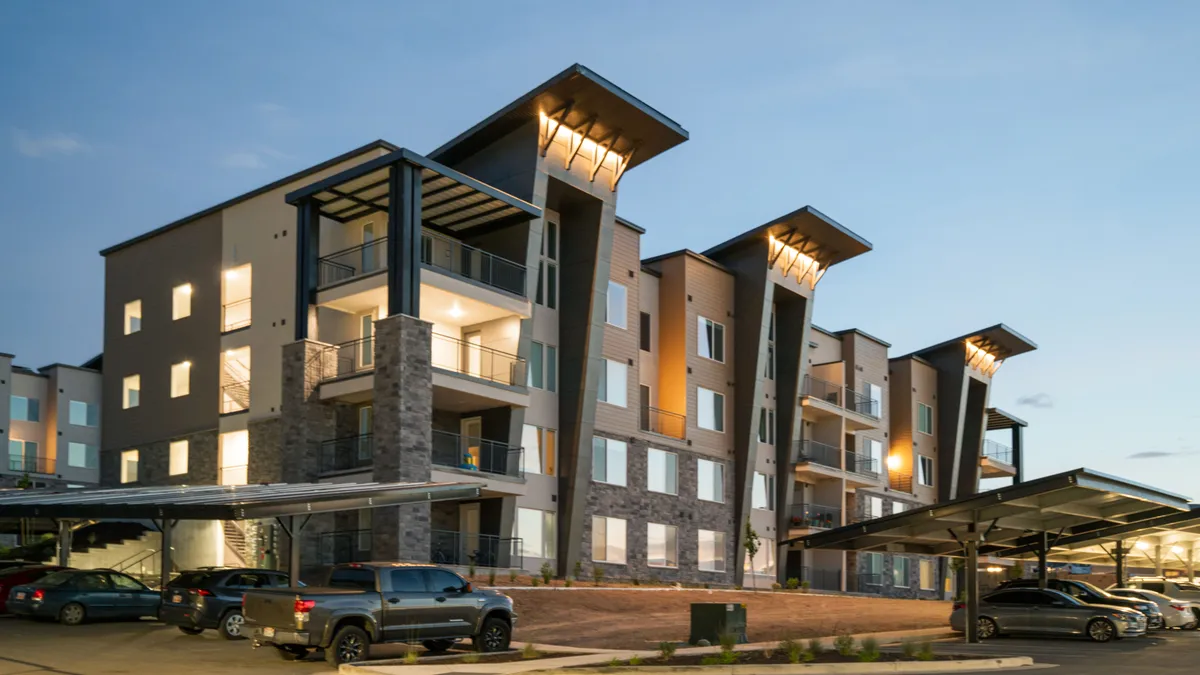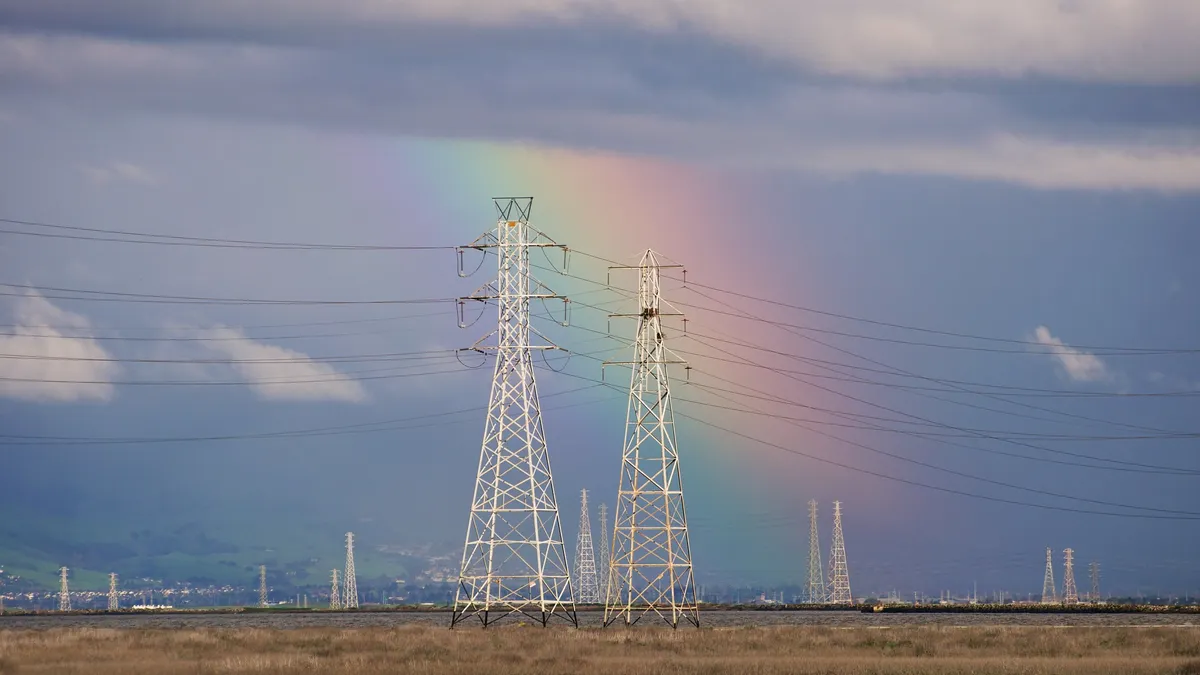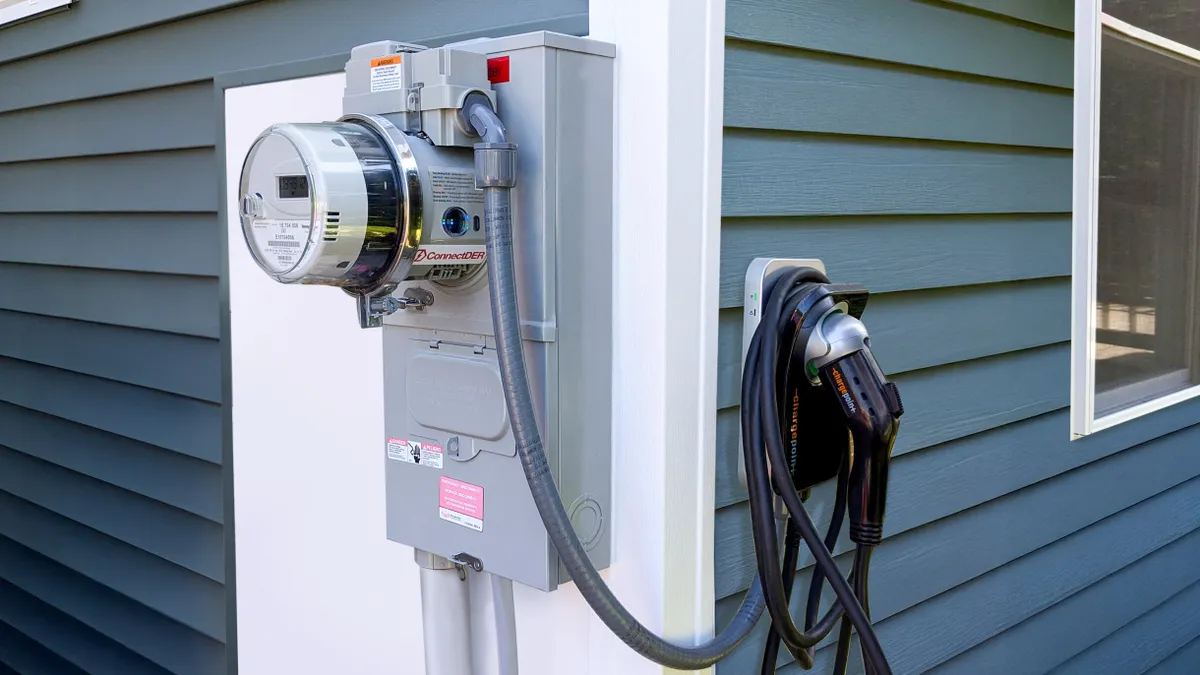The following is a contributed article by Samir Succar, Director of Distributed Grid Strategy, ICF and Val Jensen, Senior Fellow, ICF
Distributed Energy Resources (DERs) are gaining traction among utility customers. In response to this growth, there is talk among utility executives that third-party providers will disintermediate utilities from customers. While industry disruption is cause for concern, it distracts from the initial reasons why DERs are being adopted. Instead, executives should focus on how supporting adoption can be a strategic advantage. The fact is: suppliers of DERs are not so much disintermediating. They're filling a customer need that utilities haven’t yet been willing or able to meet.
Disintermediation and red herrings
"Disintermediation" is the term often used to signal third-party involvement in the promotion, adoption, and management of distributed resources. It’s the fear of a growing wedge between the utility and its customers, resulting in dire financial consequences.
At best, this term is a poor description of a real disruptive force. At worst, it’s a prize-winning red herring. Disintermediation is the reduction or elimination of intermediaries – the middlemen – in a transaction. When Tesla or Sunrun leases or sells a photovoltaic (PV) system and/or battery storage system, the customer is purchasing a service from a third-party instead of from the utility.
In this case, the utility is not the intermediary: it’s the competitor to the solar provider. It’s losing the competition because, in the customer’s mind, it’s providing less value, and a utility does not benefit by arguing that customers are unable to decide on their own. Instead, the utility that first understands what customers value and takes steps to make it easier to access these tools can turn disruption into advantage.
Evaluating the value of the grid as an enabler of DER
More problematic is that misunderstanding these customer value drivers can hinder utilities from meeting the challenges that widespread DER adoption creates for distribution system management. It’s widely understood that a distributed grid is one that requires multi-directional power management. Yet, enabling management of a more distributed grid requires additional investment in both hard and soft technology. In places where DER adoption is set to accelerate, this investment easily climbs into hundreds of billions of dollars.
While DERs themselves can help defer or avoid some of this cost, the "value of DER to the grid" argument is less important to the evolution of the industry than understanding the "value of the grid to DER." If we view DERs principally as a tool to help avoid traditional investment, we may relegate these technologies to the same role that energy efficiency was in thirty years ago. Back then, we argued that the value of increased efficiency came from its ability to reduce the need for new power plants. However, its value came largely from the economic savings customers and the economy realized by substituting less expensive, and, in some cases, more versatile efficiency for electricity.
Distributed resources like rooftop solar and storage, especially when aggregated, can help avoid investments in more expensive traditional grid solutions. Yet, the primary reason a customer would install DER would be for the value and empowerment they derive via lower energy costs, greater energy security, increased convenience, improved optionality and more. The grid was not designed to utilize large amounts of distributed resources in this way and enabling these options for customers requires additional investment.
An example of this "value of the grid to DER" perspective at work is the recent partnership between Holy Cross Energy, a rural coop based in Colorado, and the National Renewable Energy Laboratory. They launched the Basalt Vista Affordable Housing Partnership, an autonomous energy microgrid where 27 households share electricity. This unique approach to the power grid allows houses to automatically share energy, creating more reliable electricity for all residents and showing how the grid can be used to meet customer needs. In theory, power systems across the country could take a similar approach to better serve customers and enable more resilient systems.
Rethinking the traditional approach to DER integration
Investing in the grid to enable customer value through DER utilization requires regulatory approval. The approval process is generally complicated by the voices of those seeking to benefit from a "value of DER" policy, as well as a lack of a clear way to articulate the "value of the grid to DER" approach.
ICF’s recent work to develop a Network Value Framework illustrates one compelling way to demonstrate grid value. It starts by rethinking conventional wisdom on grid innovation. It’s common to think of the grid like an irrigation system, designed to push water from one or more sources to many endpoints (the areas that absorb the water). An irrigation system is not intended to absorb water from those endpoints and re-distribute it to other areas.
When resources need to be able to move to and from any point in a network in both directions, the system needs to operate more like a transportation network. Transportation networks accept vehicle traffic from any endpoint, allowing traffic to flow in two directions between any two points. The objective of this network is to minimize congestion in moving people and goods, and the system employs a variety of resources, including highways, mass transit, ride-sharing, and bike lanes to accomplish this.
The value of an electric grid, like a transportation system, should not be measured in terms of the volume of flow through the network, but through the economic value stemming from the reduced congestion on the system. The regulatory dialogue around grid infrastructure typically focuses on the amount of energy that flows through the wires, but it’s the network capabilities enabled by those systems that have the potential to dramatically expand the value delivered to customers.
Investment in certain types of grid infrastructure can facilitate new transactions by connecting suppliers and consumers, as well as reducing or removing constraints. Just like adding HOV lanes to a highway can reduce congestion and release value by reducing travel times, adding technology to the grid allows more DERs to operate, creating value for the owners, installers and all customers with lower overall energy costs.
Demonstrate value by expanding solution sets
These types of grid investments are not needed everywhere. DER installations often occur in clusters, and when sections of the grid reach a certain level of DER adoption, that location becomes constrained. Utilities’ traditional approach has been to think about ways to incent customer adoption in unconstrained areas and deter DER adoption where circuits are saturated. However, this foregoes an opportunity to maximize customer value by enabling a greater density of resources that can interact, transact and coordinate with each other, and, in turn, create value for customers. Taking the antiquated view that customer actions should be taken in service of the grid (which aligns with the "value of DER to the grid" arguments) risks missing the opportunity to pursue investments to effectively serve evolving customer interests.
However, taking a more proactive approach, such as anticipating where DER adoption can create customer value and investing in network capabilities to enable it, is also risky. Uncertainty over precisely when and where DER growth will occur introduces uncertainty into the value of the investment and, ultimately, into the recoverability of the investment. Regulators are reluctant to approve what could be hundreds of millions of dollars to upgrade circuits based on the utility’s rough capacity estimates. In this case, the Network Value Framework can help policymakers assess the value of pre-emptive network investments that enable more distributed activity.
Just as eliminating a traffic constraint generates economic value through reduced travel times, eliminating a grid constraint opens a number of value streams, including direct consumer savings, DER sales, increased transaction opportunities, improved local resilience and more. While this is all in reach, utilities must shift how they view the upswing of DER adoption and embrace a "value of the grid to DER" approach.




